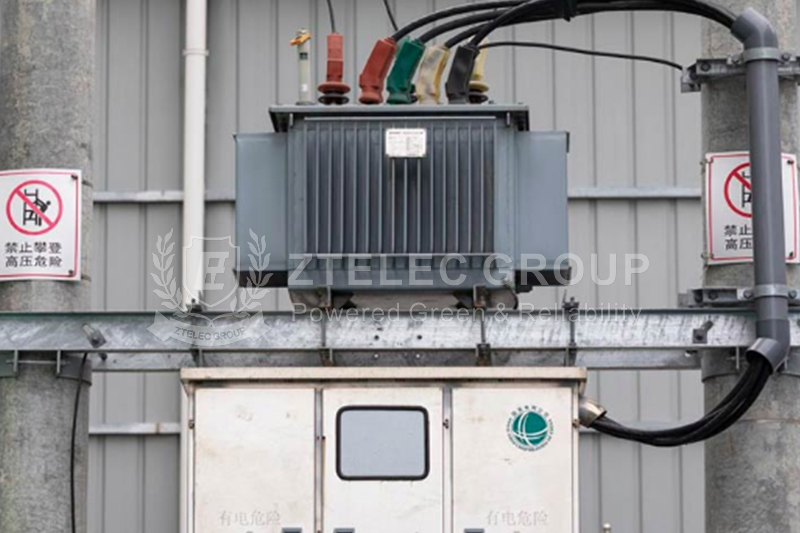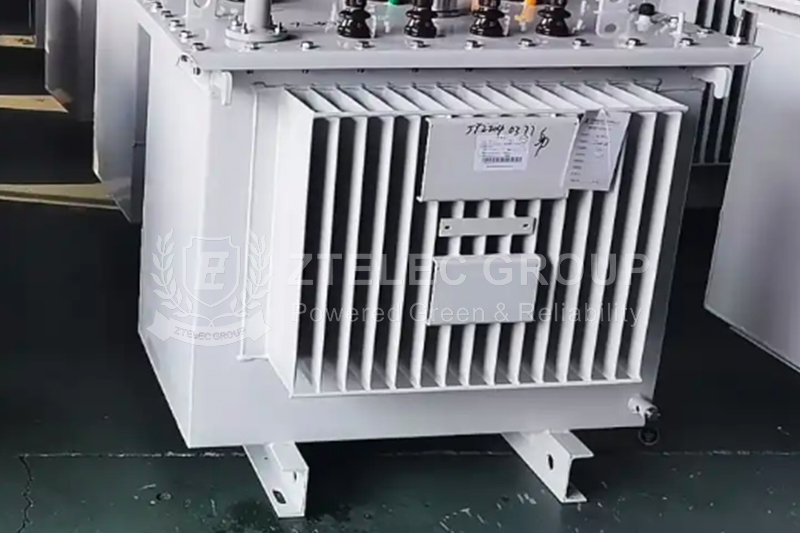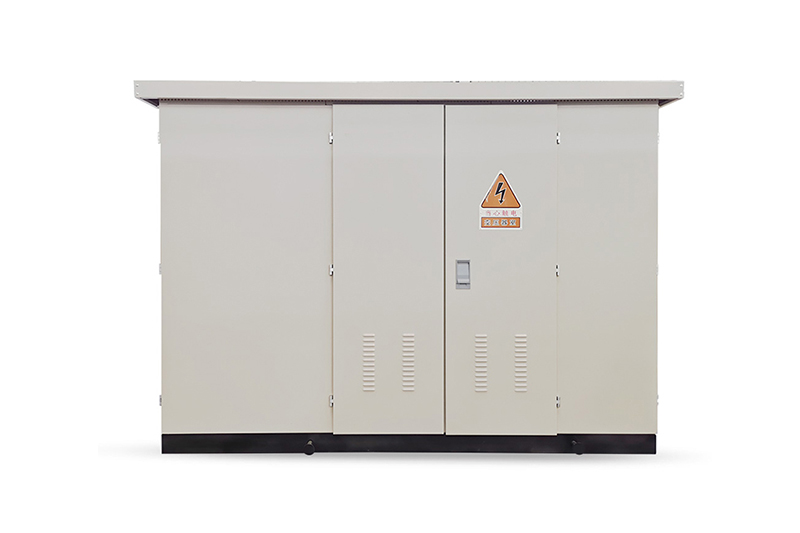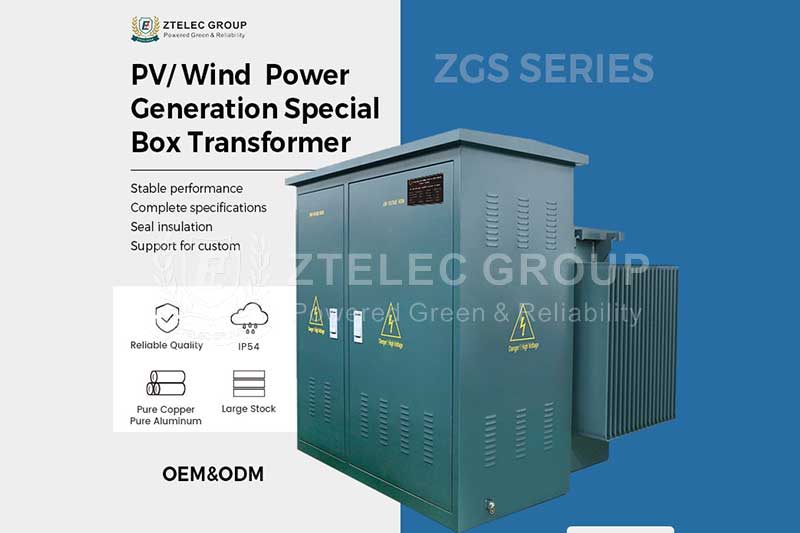How Oil-Immersed Transformers Ensure Stable Power Output in Photovoltaic Power Stations
Time:2025-05-12 Auther:ZTelec-www.ztelectransformer.com
With the surging global demand for clean energy, photovoltaic power stations play a vital role in renewable energy supply. Ensuring stable power output from these stations is crucial, and oil-immersed transformers are key components in this process. Their performance directly affects the efficiency and reliability of power transmission. This article explores the core functions of oil-immersed transformers in photovoltaic systems, technical strategies to ensure stable operation, and key factors influencing their performance.
Core Functions of in Photovoltaic Power Stations
In photovoltaic systems, solar modules convert sunlight into low-voltage direct current, which cannot be directly fed into the power grid. Oil-immersed transformers boost the alternating current (AC) output from inverters to a grid-compliant voltage level, enabling efficient long-distance transmission and minimizing energy losses. Additionally, they provide electrical isolation, protecting photovoltaic modules, inverters, and other equipment from grid-side faults, thus ensuring system safety and reliability.
Strategies to Ensure Stable Power Output
Scientific Selection and Standardized Installation
Choosing the right transformer involves evaluating power station scale, environmental conditions, and grid connection requirements. In harsh environments, transformers with sealed stainless steel enclosures and multi-layer dust filters effectively block dust and sand intrusion. During installation, precise foundation leveling, optimized heat sink layout, and intelligent temperature-controlled exhaust fans enhance cooling efficiency and operational stability.
Environmental Adaptability Technology Upgrade
Optimizing temperature control is essential in high-temperature regions. Hybrid cooling systems combining air cooling and evaporative cooling automatically regulate transformer temperatures. In dusty or windy areas, anti-sand fences and intelligent dust removal equipment maintain clean radiator surfaces. UV-resistant coatings protect the transformer housing, slowing equipment aging and prolonging service life.
Intelligent Load Management Solutions
Integrating meteorological data and historical generation data enables accurate power prediction models. These models, combined with grid dispatch instructions, allow dynamic power generation adjustments, ensuring transformer efficiency. Real-time reactive power compensation devices improve power factor and balance load fluctuations.
Full Life Cycle Operation and Maintenance System
A comprehensive O&M strategy includes daily inspections, intelligent monitoring, and regular diagnostics. Infrared thermal imaging detects hotspots, while dissolved gas analysis monitors oil quality. Scheduled tests assess insulation and winding conditions. Big data analytics create equipment health profiles, enabling predictive maintenance and early fault detection.
Capacity Building for Operation and Maintenance Personnel
Effective personnel training combines theoretical education, hands-on practice, and case studies. Transformer disassembly workshops enhance fault diagnosis skills. Regular multi-station emergency drills simulate scenarios like short circuits and fires, improving emergency response and collaborative handling capabilities.

Key Factors Affecting Stable Operation
Extreme Environmental Challenges
Regions with significant temperature variations, such as plateaus and deserts, impact transformer performance. Fluctuating temperatures alter oil viscosity, reducing heat dissipation efficiency. Low temperatures decrease oil fluidity, while strong UV exposure accelerates housing degradation, shortening equipment lifespan.
Power Fluctuation Impact
Variations in sunlight intensity cause load fluctuations in photovoltaic stations. Cloudy conditions result in frequent load changes, subjecting transformer windings to thermal-mechanical stress, accelerating insulation aging, and reducing transformer lifespan.
Insulation Performance Degradation
Over time, insulating oil oxidizes, producing acidic substances that lower insulation resistance. Elevated temperatures degrade the mechanical and electrical strength of insulating paper, increasing the risk of partial discharge and potential equipment failure.
Operational and Maintenance Shortcomings
Irregular inspections, inadequate testing equipment, and delayed part replacements contribute to transformer faults. Dust intrusion and declining insulation performance are common issues. A lack of skilled O&M teams hinders timely detection and resolution of equipment hazards.
Oil-immersed transformers are indispensable for stable power output in photovoltaic power stations. By implementing scientific selection, advanced environmental adaptations, intelligent load management, and comprehensive maintenance systems, their reliability and lifespan can be significantly enhanced. Building skilled operation teams further ensures safe, efficient, and continuous power delivery, supporting the sustainable development of renewable energy infrastructure.





